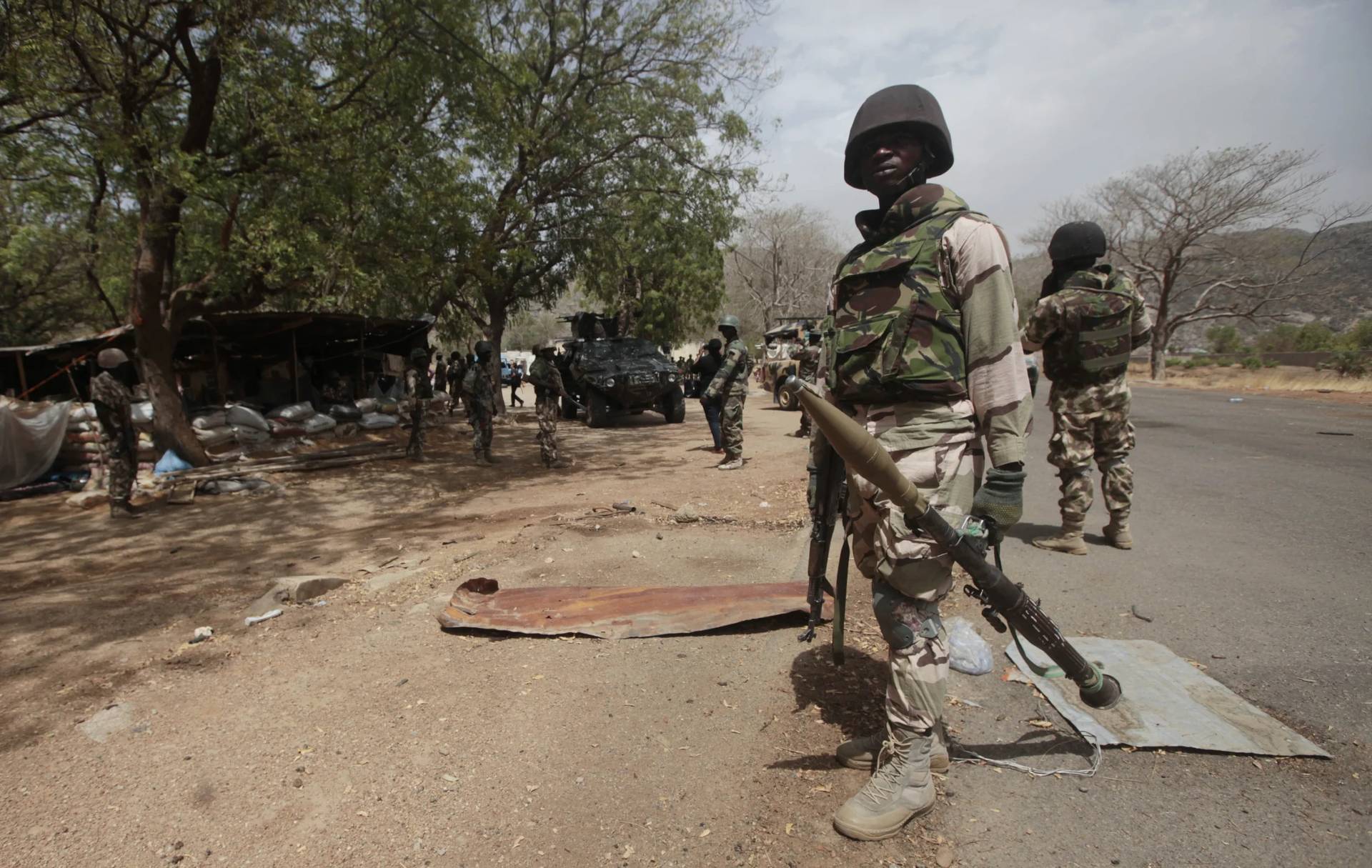As it does every year, the missionary news agency Fides on Friday released a statistical overview of the world’s Catholic population in the run-up to today’s World Mission Day, which this year shows there are now almost 1.3 billion Catholics around the globe, representing almost 18 percent of the total human population and growing.
Drilling down, the data offer the latest confirmation of the emergence of the developing world as the new center of gravity for Catholicism.
According to Vatican population numbers released in April, the following are now the largest Catholic countries in the world, with their combined totals accounting for more than half of all Catholics on the planet:
- Brazil (172.2 million)
- Mexico (110.9)
- Philippines (83.6)
- United States (72.3)
- Italy (58.0)
- France (48.3)
- Colombia (45.3)
- Spain (43.3)
- Democratic Republic of Congo (43.2)
- Argentina (40.8)
Comparing that list to the same totals from the year 2000, the dawn of the 21st century, two shifts are striking: the Philippines has overtaken the United States as the world’s third largest Catholic country, and Poland has disappeared from the top ten altogether in favor of the Democratic Republic of Congo in Africa.
In 1900, at the dawn of the 20th century, there were roughly 266.5 million Catholics in the world, according to Global Catholicism: Portrait of a World Church by Bryan Froehle and Mary L. Gautier, of whom over 200 million were in Europe and North America, and just 66 million scattered across the entire rest of the planet. Most of this remainder was in Latin America, some 53 million.
The cultural and ethnic profile of the Church in 1900, in other words, was not terribly different from what it had been during the Council of Trent in the 16th century.
In 2000, by way of contrast, there were slightly under 1.1 billion Roman Catholics in the world, of whom just 350 million were Europeans and North Americans. The overwhelming majority, a staggering 720 million people, lived in Latin America, Africa and Asia. Almost half the Catholic total, over 400 million people, lived in Latin America alone.
To put the point differently, slightly more than two-thirds of the Catholics in the world once lived in the West. Today, more than two-thirds live outside the West, and that share is growing rapidly.
Africa offers the most striking illustration of what’s happened. During the 20th century, the Catholic population of sub-Saharan Africa went from 1.9 million to more than 130 million – a staggering growth rate of 6,708 percent.
Asia too saw impressive Catholic growth. Catholicism started the century as 1.2 percent of the Asian population, according to World Christian Database, and ended the century at 3 percent, meaning that the Church more than doubled its “market share.” India’s Catholic population grew from under two million to over 17 million, and should be at least 26 million by mid-century.
From 1985 to 2005, the percentage of the population in South Korea which identifies itself as Catholic more than doubled, standing today at just over 11 percent, according to the 2005 census, meaning more than 5 million people. In 2000, there were more Catholic baptisms in the Philippines alone than in France, Spain, Italy, and Poland combined.
Projecting forward to year 2025, only one Catholic in five in the world will be a non-Hispanic Caucasian, which some observers have described as the most rapid, and most sweeping, demographic transformation of Roman Catholicism in its more than 2,000-year history.
It’s an arresting exercise to look down the line to the year 2050, drawing on population projections from the United Nations Population Division, and presuming that the Catholic percentage in each nation will remain more or less the same.
This may over-estimate the Catholic population in Latin America, where Catholicism is losing members to both Pentecostalism and to religious indifference, and in Europe, where secularization continues to eat away at Catholic faith and practice. It almost certainly under-estimates the African totals, where growth in Catholicism is outpacing overall population growth.
Nevertheless, based on this formula, here is the projected list of largest Catholic nations in 2050:
- Brazil: 215 million
- Mexico: 132 million
- The Philippines: 105 million
- United States: 99 million
- Democratic Republic of Congo: 97 million
- Uganda: 56 million
- France: 49 million
- Italy: 49 million
- Nigeria: 47 million
- Argentina: 46.1 million
By that stage, seven of the ten largest Catholic nations in the world will be in the global south.
Given that growth, expert Philip Jenkins has said that seen from a global perspective, “any suggestion of the Catholic Church ‘dying’ or even stagnating is so wildly inaccurate as to be comical.”


















